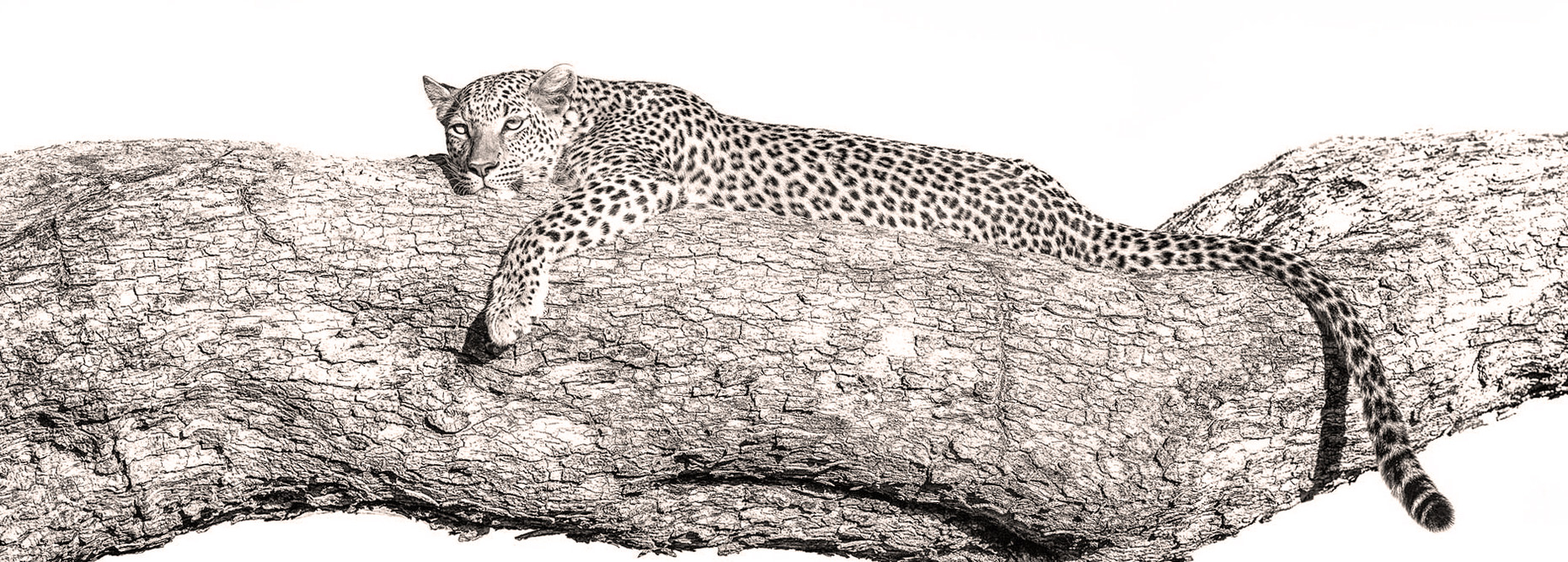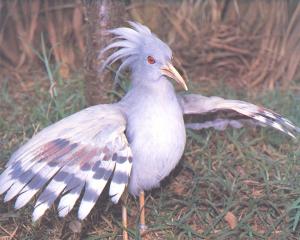ето ти малко за регенерацията- за съжаление нямам време да го превеждам
In urodele amphibians (salamanders), the regeneration process begins immediately after amputation. Limb regeneration in the axolotl and newt have been extensively studied. After amputation, the epidermis migrates to cover the stump in less than 12 hours, forming a structure called the apical epidermal cap (AEC). Over the next several days there are changes in the underlying stump tissues that result in the formation of a blastema (a mass of dedifferentiated proliferating cells). As the blastema forms, pattern formation genes – such as HoxA and HoxD – are activated as they were when the limb was formed in the embryo [8,10]. The Distal tip of the limb (the autopod, which is the hand or foot) is formed first in the blastema. The intermediate portions of the pattern are filled in during growth of the blastema by the process of intercalation [7,8]. Motor neurons, muscle, and blood vessels grow with the regenerated limb, and reestablish the connections that were present prior to amputation. The time that this entire process takes varies according to the age of the animal, ranging from about a month to around three months in the adult and then the limb becomes fully functional.
In spite of the historically small size of the number of researchers studying limb regeneration, remarkable progress has been made recently in establishing Ambystoma (the axolotl) as a model genetic organism. This progress has been facilitated by advances in genomics, bioinformatics, and somatic cell transgenesis in other fields, that have created the opportunity to investigate the mechanisms of important biological properties, such as limb regeneration, in the axolotl [12]. The Ambystoma Genetic Stock Center (AGSC) is a self-sustaining, breeding colony of the Mexican axolotl (Ambystoma mexicanum) supported by the National Science Foundation as a Living Stock Collection. Located at the University of Kentucky, the AGSC is dedicated to supplying genetically well-characterized axolotl embryos, larvae, and adults to laboratories throughout the United States and abroad. An NIH-funded NCRR grant has led to the establishment of the Ambystoma EST database, the Salamander Genome Project (SGP) that has led to the creation of the first amphibian gene map and several annotated molecular data bases, and the creation of the research community web portal (www.ambystoma.org).



